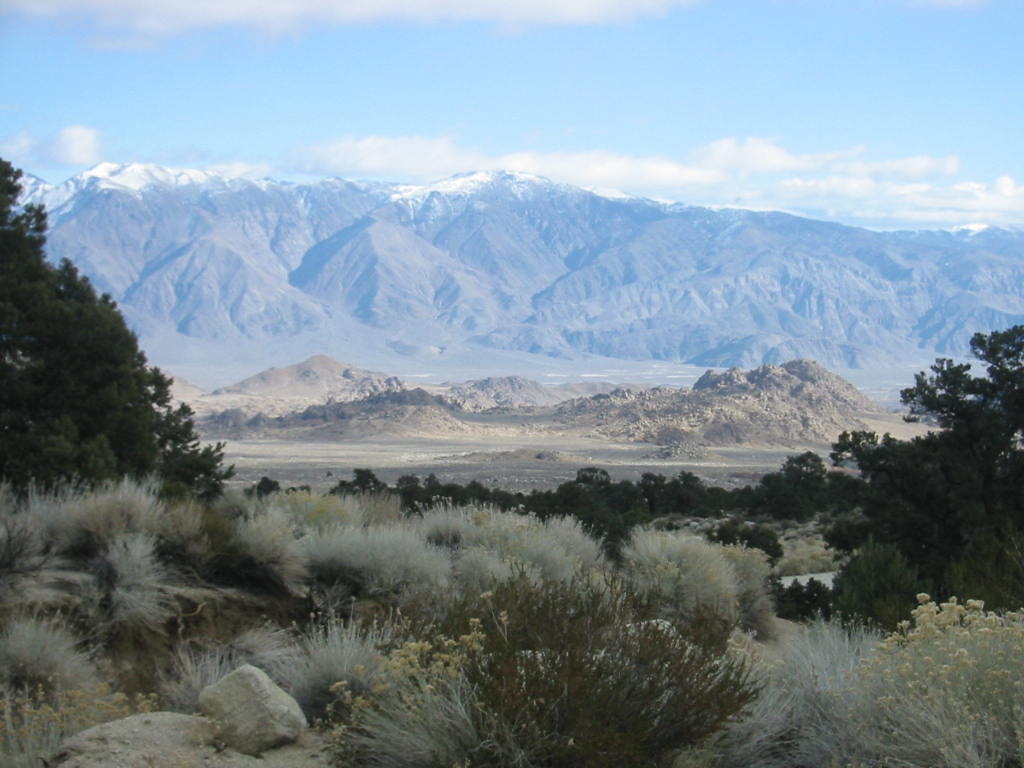I
cannot even begin to estimate the endless hours I've spent research
the Californias for my Father Serra's Legacy. I've done every kind of
search possible, to include trips to the local public library. And
then, I come across something that completely sends me sideways!
A
year or two ago, during my original search, I came across a
historical tome written by a Hubert Howe Bancroft written in 1885 and
published that year in San Francisco, California. It was a real
channel because Bancroft added copious footnotes at the bottom of
each page. So, when they digitized them for public view, a lot of the
formatting did not carry over. In addition, it was hand typeset and a
whole lot of characters that appear correct on the actual page did
not transfer over during the digitizing. For example, the name Jose
NEVER had the José
at the end, often appearing as Jos6.
And
then, there were two page formats! The basic text only covered about
half of each page while the footnotes extended thirty or more
characters. So, in order to make sense of it, I've had to extract
the text and put it in one file while extracting the footnotes and
putting them in another. And then, I've had to go back and reformat
it line by line while trying to make corrections.
But,
it's proving to be worthwhile!
Bancroft
spends most of the hundreds of pages of the tome to civil and
military affairs from 1825 to 1840 [In this tome and I have two
others completing the history up to 1848 when the Americans take
complete control of the once Mexican Territory!] And, during most of
it, he proclaims the missions to be closed tyrannies run by the
friars whose loyalties lie with the king of Spain.
Mexico,
after giving up its attempt at being an Empire, formed itself into
the United Mexican States with a constitution similar to that of its
neighbor to the north. That republicanism meant free elections at all
levels. Surprisingly, this was nothing new in the missions and
pueblos, as from the beginning, elections were held for a variety of
offices in both places. The biggest problem came with trying to
implement in California what had so easily been done in Mexico itself
– turn the missions over to the Indians and let them run things,
the Padres only their to perform their religious duties. That was
okay in Mexico as the Indians and Mestizos [half-breeds] has
assimilated with European society. But, it was simply unworkable in
California – something the governors seemed to understand.
It
was the Californian land owners and emigrants who opposed the mission
system, wanting those fertile lands for themselves.
One
of these men was Pio Pico, an ambitious man who played a big role in
stealing missions lands from the Indians during his term as governor.
Don
Luis Argüello
was elected governor when Mexico gained its independence. He was a
Leatherjacket Soldier who'd served in California since 1781/ Like all
his fellow Soldados
de cuera, had
had been born in Mexico and was therefore the first non-Spanish
governor of the territory.
The
first major change came in 1825 when José María de Echeandía
arrived to become governor. He brought with him a large retinue, to
include women and children. [We later learn he had an Indian mistress
who gave him children.]
Along
with him came a further democratization of California society. A
Junta was formed as a sort of local congress, electing and sending a
representative to the congress in Mexico. It was also a time for town
councils and more local government. As Echeandía needed funds to
support local government, he instituted taxes and other revenues. The
result was an increase in smuggling, tanned hides and tallow being
the coveted goods by ships from all nations.
Mexico
also wanted California to act as its penal colony, sending convicts
there under military guard. One of the convicts, Joaquin Solis had
apparently been a high-ranking officer in the war for independence
and, in 1828, he led a revolution in an attempt to make California
separate from Mexico. He wasn't the first and throughout the first
decade, this was a constant thread.
Another
little side note, the president guardian of the missions, Prefect
Antonio Sarria was asked to take the oath of allegiance to the
Mexican republic. He refused, announcing his allegiance to the king
of Spain. He stayed in California, sometimes under “arrest” until
1838 when he sailed for Cuba.
Unrest
was rife and, when Mexico replaced Echeandía with Lieutenant Colonel
Manuel Victoria, he met further unrest to the point of an actual
rebellion in which soldiers at both sides died and were wounded.
At
the same time, things aren't exactly calm in Mexico and California
isn't really receiving must support. The soldiers are destitute and
would starve if not for the foods and other goods provided by the
missions.
It
was in the atmosphere, that Mexico continued to demand the freedom of
the Indians and the secularization of the missions.
Spaniards
are supposed to leave Mexican territories. But, how can the missions
survive without them. In 1834, ten Padres arrive from Zacatecas, all
Mexican-born and none of them qualified to take over as missionaries.
But, not wishing further problems, Father President Durán
works up a compromise where the Zacatecans take over the northern
missions while the Fernandos [the original friars] go to those in the
south. And, when at last, the governor gives the Indians of leaving
the missions to set up their own ranchos, the overwhelming majority
refuse!
And
this is all from only the first ELEVEN chapters of the first book!




